Understanding the oldest countries in the world provides insight into the historical origins of human civilization. This exploration reveals the ancient roots of these nations and highlights their contributions to human progress throughout history.
The following list showcases nations with rich histories, enduring cultures, and significant impacts on modern society. Here are the top 10 oldest countries you must know in 2025
1. Egypt

Year Founded: Around 3150 BCE
Founder(s): King Narmer (also known as Menes)
Capital City: Cairo
Current Population: Approximately 104 million (as of 2023)
Egypt is often regarded as the oldest country in the world. Its history dates back to around 3150 BCE when Narmer, the first king of the first dynasty, unified Upper and Lower Egypt.
This unification marked the beginning of a powerful civilization that contributed immensely to human civilization. The Narmer Palette depicts this critical moment in history, showcasing the establishment of a centralized state.
Quote: “Egypt is the cradle of civilization, where everything began.”
Ancient Egyptians made significant contributions to various fields, including writing, architecture, and governance. The development of hieroglyphs allowed for the recording of history and administration.
The Pyramids of Giza stand as monumental achievements, symbolizing the architectural prowess of this ancient society.In contemporary times, Egypt’s rich cultural identity is deeply rooted in its historical legacy.
The country’s traditions, festivals, and art continue to reflect its ancient past. The Nile River remains a vital lifeline, sustaining agriculture and cultural practices.
Egypt’s historical significance continues to attract scholars, tourists, and those interested in understanding the oldest country in the world.
2. Iran
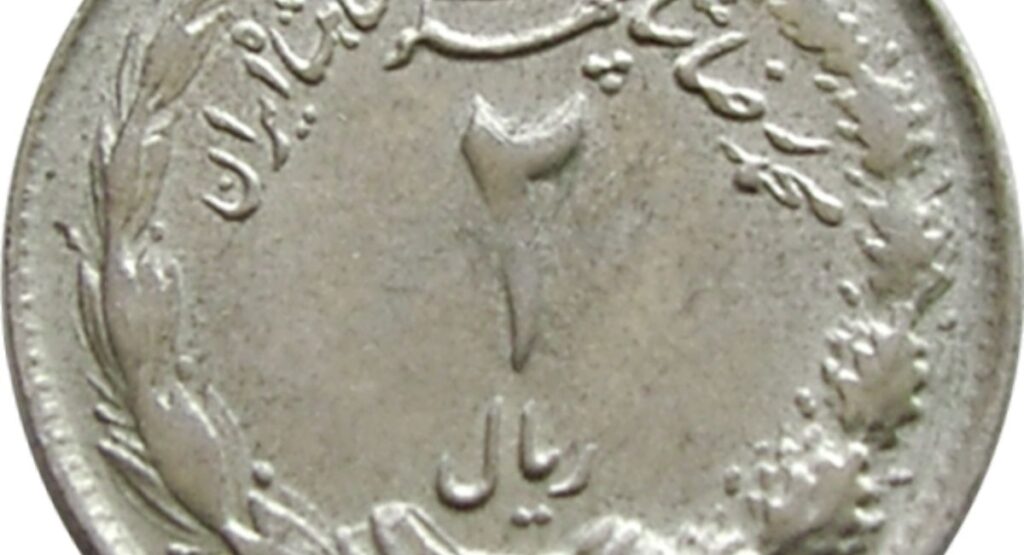
Year Founded: Around 550 BCE (with the establishment of the Achaemenid Empire)
Founder(s): Cyrus the Great
Capital City: Tehran
Current Population: Approximately 86 million (as of 2023)
Iran, historically known as Persia, boasts a history that spans over 6,000 years. The establishment of the Achaemenid Empire around 550 BCE under Cyrus II marked a significant milestone in the region’s history.
Prior to the rise of the Persian Empire, several groups inhabited the area, including the Elamites and the Medes. These ancient civilizations laid the groundwork for Iran’s rich cultural heritage.
Quote: “Iran is an ancient country rich in culture.”
Cyrus the Great is celebrated for his innovative governance and respect for the cultures of conquered peoples. His empire was known for its architectural marvels, such as Persepolis, and its contributions to art and science.
The Persian Empire’s influence extended across a vast territory, connecting diverse cultures through trade and diplomacy.Modern Iran continues to celebrate its cultural heritage and national identity.
The country is home to numerous UNESCO World Heritage sites, reflecting its historical significance. Despite contemporary challenges, Iran’s rich history remains a source of pride for its people, showcasing the enduring legacy of one of the oldest countries in the world.
3. India
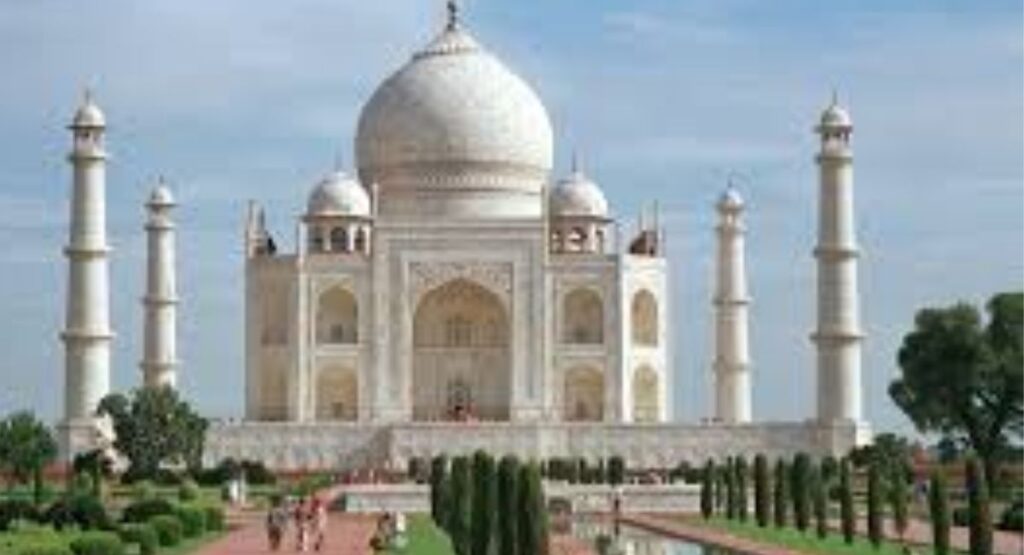
Year Founded: Around 2500 BCE (with the Indus Valley Civilization)
Founder(s): No single founder; developed through various ancient cultures
Capital City: New Delhi
Current Population: Approximately 1.4 billion (as of 2023)
India’s history dates back to the Indus Valley Civilization, which thrived around 2500 BCE. This ancient society was one of the largest early cultures, with well-planned cities and advanced drainage systems. The Indus Valley laid the foundation for many cultural practices that continue to this day.
Quote: “The roots of Indian civilization are ancient.”
Following the decline of the Indus Valley Civilization, the Vedic period emerged around 1500 BCE, marking the beginning of Hindu culture and philosophy. The Vedas, ancient texts composed during this time, are among the oldest religious scriptures in the world.
India’s cultural uniqueness is reflected in its diverse traditions, languages, and religions.Despite colonial challenges, India gained independence on August 15, 1947, marking a significant moment in its historical background.
Today, India is celebrated for its vibrant cultural landscape, encompassing everything from classical music and dance to festivals like Diwali and Holi. Its contributions to mathematics, science, and philosophy continue to influence global thought.
4. Armenia
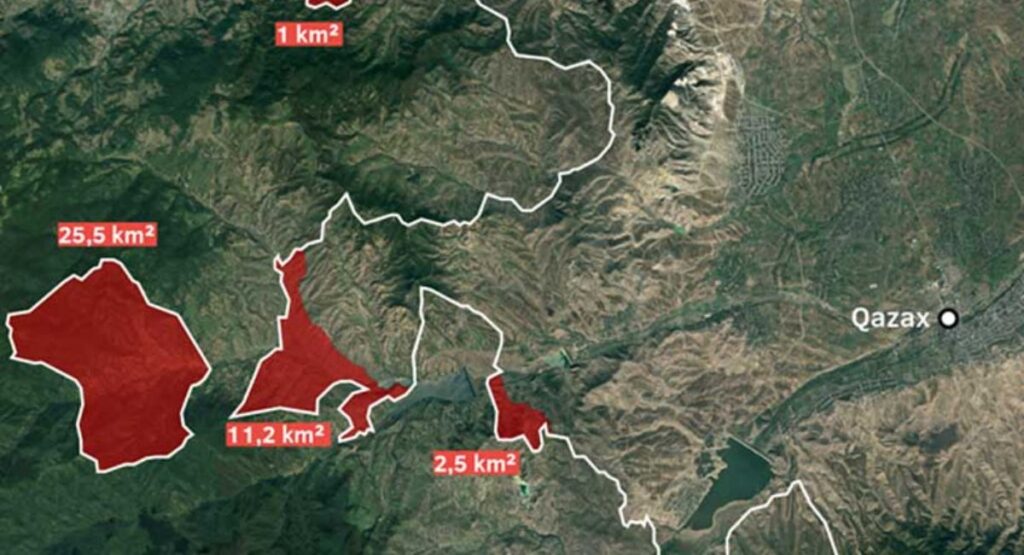
Year Founded: Around 2492 BCE
Founder(s): Traditionally attributed to Hayk
Capital City: Yerevan
Current Population: Approximately 3 million (as of 2023)
Armenia’s origins can be traced back to 2492 BCE, according to historical accounts. It is one of the world’s oldest countries, with a rich cultural heritage. The Kingdom of Urartu was an early Armenian state that thrived between 860 BCE and 590 BCE. Armenia is notable for being the first nation to adopt Christianity as its state religion in 301 CE, a defining moment in its history.
Quote: “Armenia is one of the oldest countries in the world.”
The cultural identity of Armenia is deeply intertwined with its religious heritage. The ancient churches and monasteries dotting the landscape reflect the enduring faith of its people.
Modern Armenia continues to honor its ancestral legacy, celebrating its rich traditions and unique artistic expressions.Recent genetic studies suggest that Armenian origins date back to between 3000 and 2000 BCE.
This research supports the historical narrative of Armenia’s ancient roots. Despite facing numerous challenges throughout history, including invasions and diaspora, Armenia has maintained its cultural identity and pride.
5. Iraq
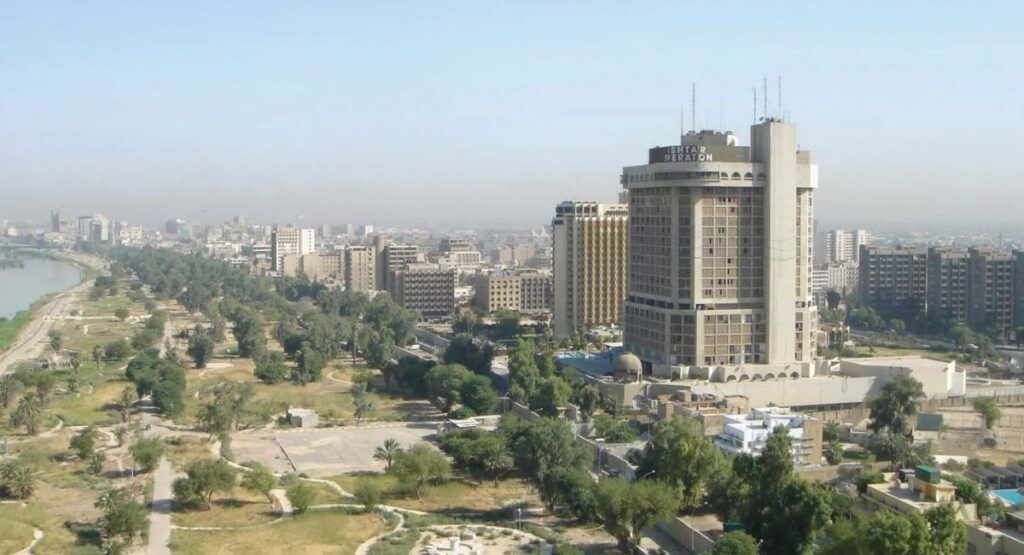
Year Founded: Around 4500 BCE (with the emergence of Sumer)
Founder(s): No single founder; developed through various ancient civilizations
Capital City: Baghdad
Current Population: Approximately 44 million (as of 2023)
Iraq is often referred to as the cradle of civilization, where some of the earliest urban societies emerged. The Sumerians established one of the first known civilizations around 4500 BCE, laying the groundwork for subsequent cultures. The Akkadian Empire, founded by Sargon around 2334 BCE, united the region’s city-states and established the first Semitic dynasty.
Quote: “Iraq is the cradle of human civilization.”
Mesopotamia’s contributions to human civilization include the invention of writing, the wheel, and complex legal codes. The Epic of Gilgamesh is one of the oldest known literary works, originating from this region. The archaeological sites of Babylon and Ur provide invaluable insights into ancient life and governance.
Today, Iraq’s rich history is reflected in its diverse cultural practices and archaeological discoveries. Despite modern challenges, the spirit of cultural evolution continues in Iraq, where traditions and heritage are preserved and celebrated.
6. China
Year Founded: Around 2070 BCE (with the Xia Dynasty)
Founder(s): Traditionally attributed to Emperor Yu
Capital City: Beijing
Current Population: Approximately 1.4 billion (as of 2023)
China’s historical origins date back to the Xia Dynasty, around 2070 BCE. This dynasty is considered the first in Chinese history, although evidence is limited. The Shang Dynasty followed, marking the beginning of documented history around 1600 BCE. During this period, the Chinese developed a sophisticated writing system and a calendar that laid the foundation for future governance.
Quote: “China has a long history and rich culture.”
The Shang dynasty is known for its advancements in bronze metallurgy, art, and religion. The capital city, Yin Xu, was a center of political and cultural life. China’s dynastic history is characterized by periods of unity and fragmentation, culminating in the establishment of the People’s Republic of China in 1949.
Modern China continues to be influenced by its ancient roots. The country’s rich cultural heritage includes philosophy, art, and technological innovations. The Great Wall of China and the Terracotta Army are symbols of its historical significance and cultural pride.
7. Greece
Year Founded: Around 800 BCE (with the rise of city-states)
Founder(s): No single founder; developed through various city-state formations
Capital City: Athens
Current Population: Approximately 10.4 million (as of 2023)
Greece’s recorded history begins around 800 BCE with the rise of the Mycenaean Civilization. This civilization laid the groundwork for ancient Greek culture, characterized by advancements in art, politics, and philosophy. The concept of the polis, or city-state, emerged during this time, leading to the development of democracy in Athens.
Quote: “Greece is the cradle of civilization.”
The cultural legacy of ancient Greece is profound, influencing various aspects of Western civilization. Philosophers such as Socrates, Plato, and Aristotle shaped modern thought, while the Olympic Games celebrated athletic prowess and unity among city-states.
The ruins of ancient sites like the Acropolis and Delphi reflect Greece’s rich historical background.Today, Greece’s cultural identity is deeply rooted in its ancient past.
The country celebrates its heritage through festivals, traditions, and the preservation of historical sites. The influence of ancient Greece continues to be felt in contemporary governance, art, and philosophy.
8. Mexico
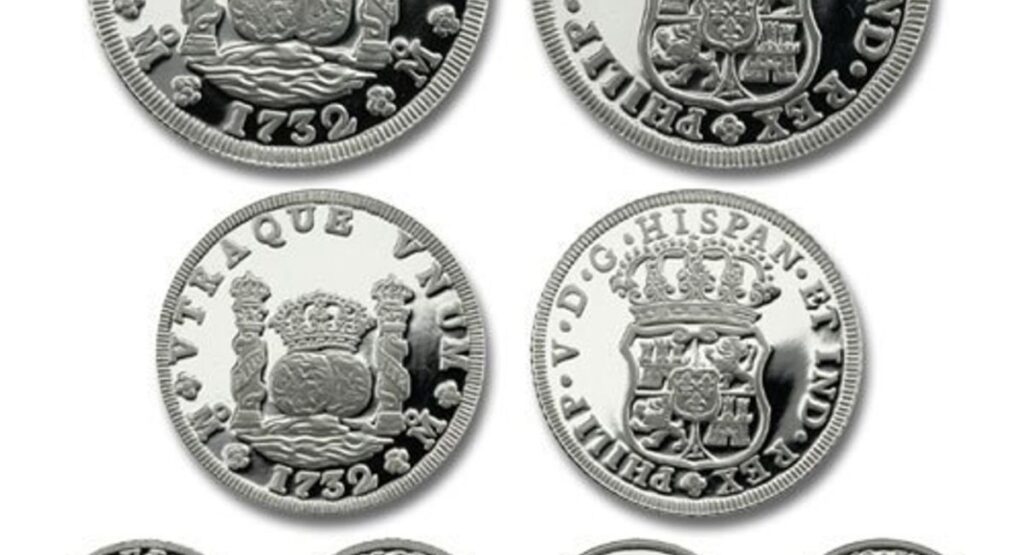
Year Founded: 1821 (independence from Spain)
Founder(s): Agustín de Iturbide (recognized as a key figure during independence)
Capital City: Mexico City
Current Population: Approximately 126 million (as of 2023)
Mexico’s history can be traced back to the Olmec Civilization, around 1200 BCE. This ancient culture is recognized for its monumental stone heads and early forms of writing.
The Olmecs laid the foundation for subsequent civilizations, including the Maya and Aztec, which further enriched Mexico’s cultural landscape.
Quote: “Mexico has a rich cultural heritage that dates back thousands of years.”
The Aztec Empire, known for its advanced agricultural practices and complex societal structure, flourished in the 14th century. The arrival of Spanish conquistadors in the 16th century marked a significant turning point in Mexico’s history, leading to a blend of indigenous and European cultures.
Today, Mexico celebrates its cultural evolution through vibrant traditions, cuisine, and festivals. The Day of the Dead is a notable example, honoring ancestors and reflecting the syncretism of pre-Hispanic and Catholic beliefs. Mexico’s historical heritage continues to shape its national identity.
9. Japan
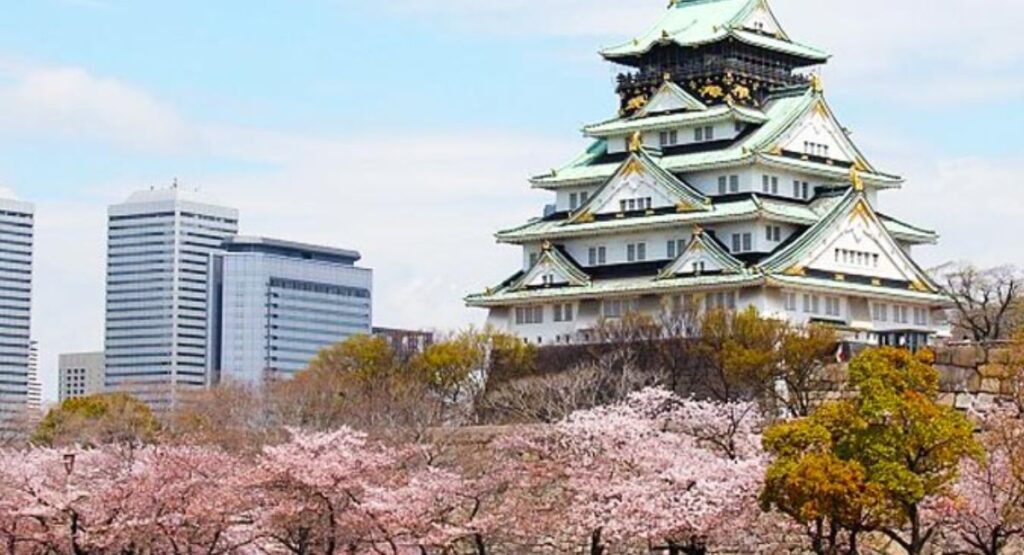
Year Founded: Traditionally dated to 660 BCE
Founder(s): Emperor Jimmu (mythical first emperor)
Capital City: Tokyo
Current Population: Approximately 125 million (as of 2023)
Japan’s founding date is traditionally set at 660 BCE with the ascension of Emperor Jimmu. This marks the beginning of Japan’s imperial lineage. The early unification of Japan is believed to have occurred in the 4th century CE, leading to a centralized government under the Yamato court.
Quote: “Japan values its traditions from ancient times.”
The cultural uniqueness of Japan encompasses Shinto and Buddhist traditions, which have shaped its societal values and practices. The country has maintained its national identity through centuries of isolation and change.
Today, Japan is known for its technological advancements and rich cultural practices, including traditional arts, tea ceremonies, and festivals.
Modern Japan continues to honor its historical roots while embracing innovation. The juxtaposition of ancient traditions and contemporary society makes Japan a fascinating study of cultural evolution.
10. San Marino

Year Founded: 301 CE
Founder(s): Saint Marinus
Capital City: San Marino
Current Population: Approximately 34,000 (as of 2023)
San Marino is recognized as the oldest existing republic, founded in 301 CE. It holds the Guinness World Record for being the oldest republic, with a tradition of self-governance that has endured for centuries. The country is situated on the Italian Peninsula and is known for its stunning medieval architecture.
Quote: “San Marino is the oldest republic in the world.”
San Marino’s independence has been preserved through treaties and diplomacy. Its cultural heritage includes a commitment to democratic principles and civic engagement.
READ THIS BLOG: The Most Popular Sports in the World: 2025
The historic city center around Monte Titano is a UNESCO World Heritage site, reflecting its architectural and historical significance.
Today, San Marino’s rich history and cultural identity continue to thrive. The country celebrates its founding with various events that honor its ancient roots and democratic ideals.
Frequently Asked Questions?
What is the oldest country in the world?
Egypt is often regarded as the oldest country, with a history dating back to around 3150 BCE. Its ancient civilization significantly influenced writing, architecture, and governance.
What Was the First Country in the World?
In ancient Mesopotamia (modern-day Iraq), Sumer is often cited as the first civilization, emerging around 4500 BCE. It featured independent city-states with advanced urban development.
Which country has the oldest continuous monarchy?
Japan has the oldest continuous monarchy, with its imperial lineage tracing back to 660 BCE.
What are some contributions of ancient countries to modern society?
Ancient countries contributed to governance, writing, art, and technology, significantly shaping modern cultures and systems.
How do cultural identities evolve?
Cultural identities evolve through societal changes, historical events, and interactions with other cultures, leading to a dynamic cultural landscape.
Conclusion
The top 10 oldest countries in the world showcase the rich tapestry of human civilization. Each country on this list has unique historical origins and cultural identities. From Egypt to San Marino, these nations have played crucial roles in shaping our world. Their ancient roots and enduring legacies continue to influence contemporary society.
Understanding these countries enhances our appreciation of the cultural evolution that has led to modern nations. As we celebrate their histories, we also recognize the importance of preserving their cultural heritage for future generations.

tina Morris is an experienced blogger and a passionate wordsmith at dofollowtips. With a keen eye for language and a deep love for writing, she shares insightful posts on grammar, phrases, and the art of communication.